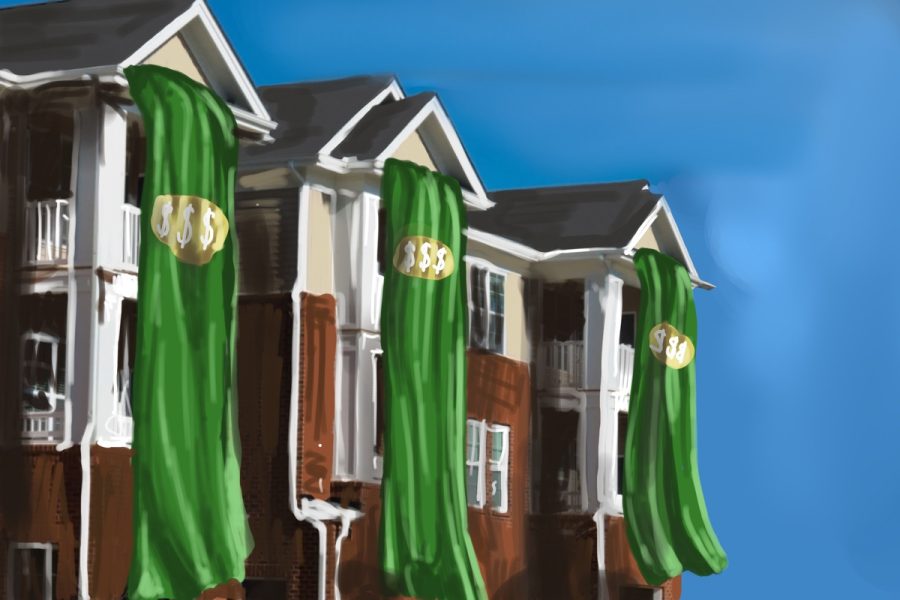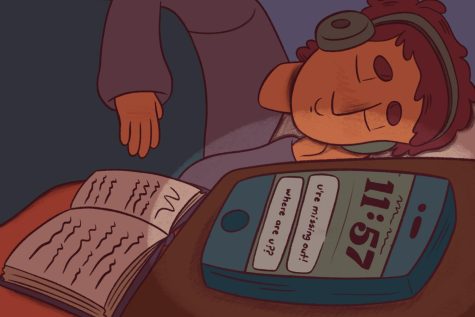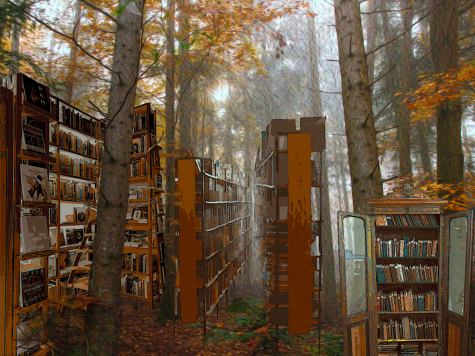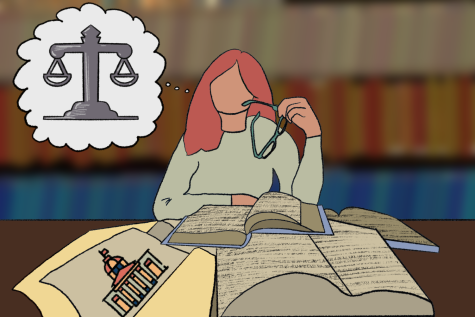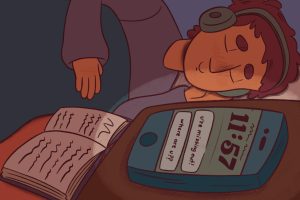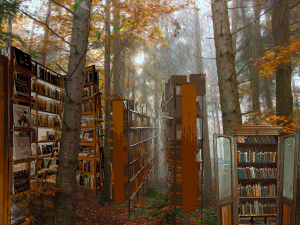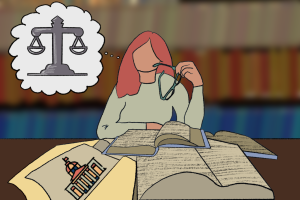UT should follow AISD’s lead in expanding options for faculty, staff affordable housing
November 6, 2022
Austin housing costs are increasing at a much faster rate than salaries. To address this problem, Austin Independent School District is looking to create two new sites of affordable housing for its faculty, staff and families by converting unused properties owned by the district into residential units. While AISD’s new housing initiative does not replace the need to increase wages, it is a good way to help staff and families save money.
Other housing initiatives exist throughout the city, like “big A” affordable housing, which is restricted to households with incomes below 60% of the area’s median family income. However, this housing is unavailable to those earning above this amount, such as UT faculty and staff.
UT should consider repurposing University-owned property into residential options to expand its affordable housing opportunities for its faculty and staff.
With rising house prices in central Austin, faculty and staff are being forced to move outward to find an affordable home. But many aspects of living on the outskirts of Austin may not be conducive to their personal lives.
Joshua Frens-String, an assistant professor of history, said that he was able to find a house near UT’s campus when he moved to Austin in 2017. If he had to make the same move today, any similar options would likely be out of his price range.
“It was really important for (my wife and me) to not have to drive to work, (since) we both usually bike,” Frens-String said. ”We also had a daughter who was six months old at the time, and we already had a daycare that she had gotten into that was in this neighborhood.”
While longtime faculty tend to live near campus, newcomers are increasingly pushed further away. This creates longer commutes and challenges, like finding school districts for their kids.
AISD’s housing solution is an innovative one. The district found two vacant facilities and plans to repurpose them for a better use for its community — housing. Since the district already owns the two properties, it can control the rent prices to affordable rates because the revenue is secondary to AISD. UT could do the same with the properties that it owns.
“When you think about development, one of the biggest costs to building is how much (you) have to pay for the land,” said Jeremy Striffler, AISD’s director of real estate.
Despite multiple interview requests, University administration declined to comment on this issue; however, UT owns large amounts of land all over the city. The University, like AISD, should be taking note of its properties near campus as potential sites for faculty and staff housing.
“It’s the idea of stewardship,” Striffler said. “We own all this land; it’s a public asset. It’s wasteful for it to sit fallow, so if we know we don’t need it for the school, how can we invest in the community? If we think beyond educational investments, housing is the way to do it.”
Garderet is a Plan II and urban studies sophomore from Dallas, Texas.

